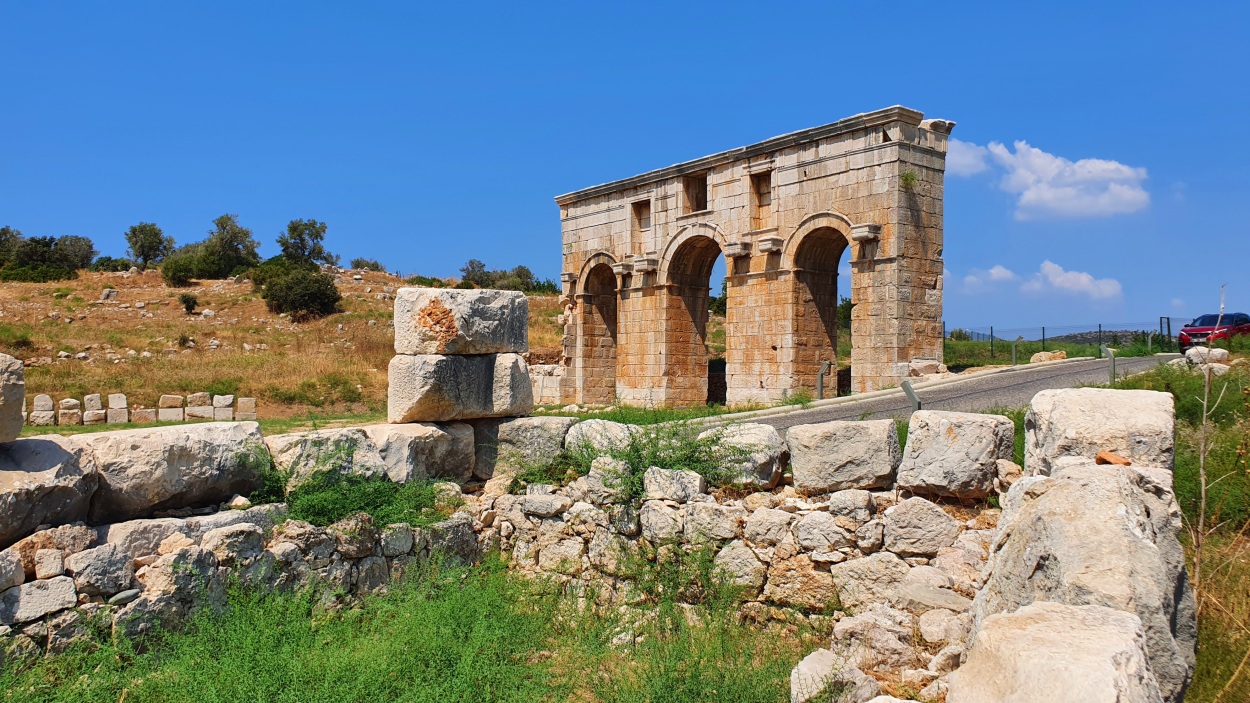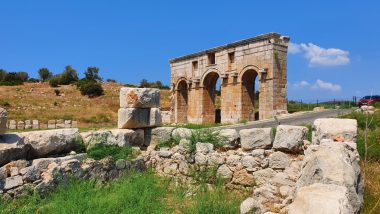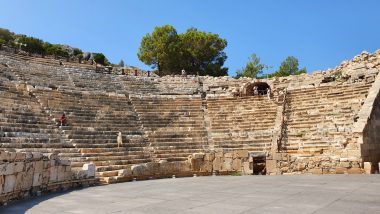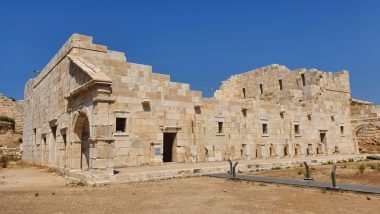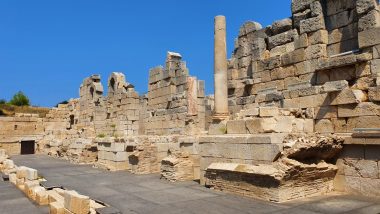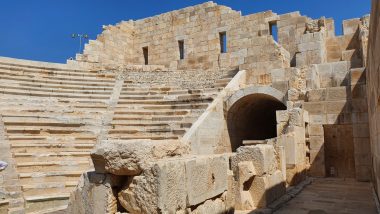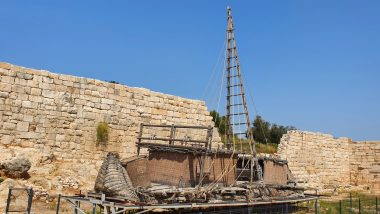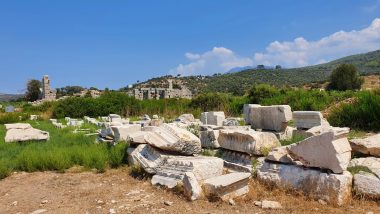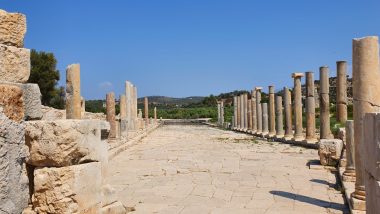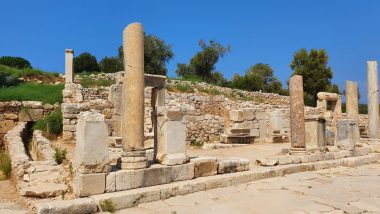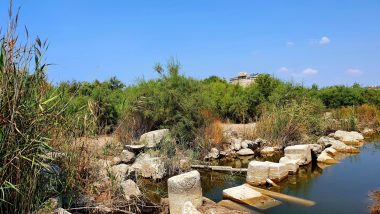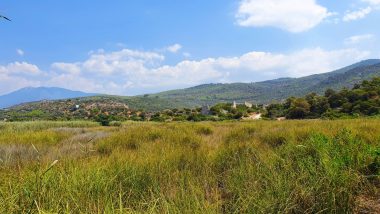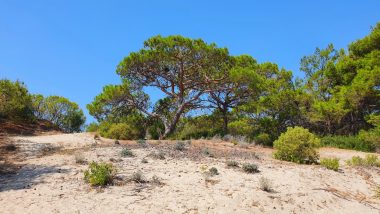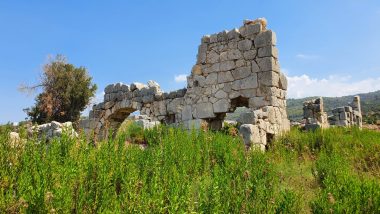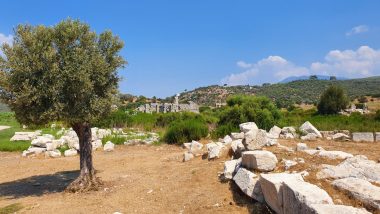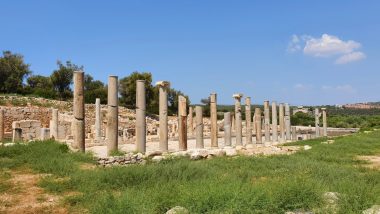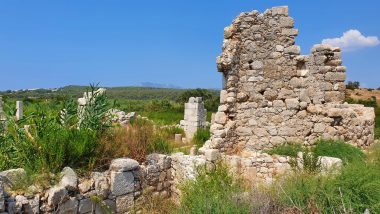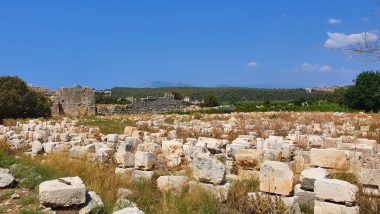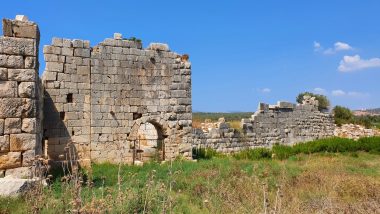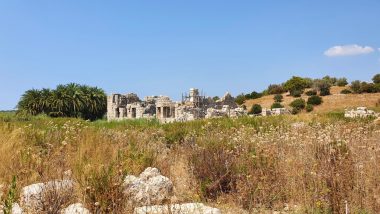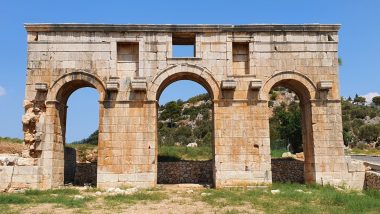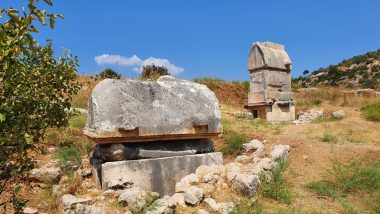Lycia, an ancient maritime district of southwestern Anatolia, lay along the Mediterranean coast between Caria and Pamphylia and extended inland to the ridge of the Taurus Mountains. In Egyptian, Hittite, and Ugaritic records of the 14th and 13th centuries BC, the Lycians are described as wedged between the Hittites on the north and the Achaean Greeks on the coast. Known as Luka, they participated in the Sea Peoples’ attempt to invade Egypt in the late 13th century. Nothing more is known of the Lycians until the 8th century BC, when they reappear as thriving maritime people confederated in at least a score of cities that made up the Lycian League. Neither Phrygia nor Lydia was able to bring Lycia under its control, but the country eventually fell to Cyrus’ general Harpagus after a heroic resistance. Under Achaemenian Persia and later under the rule of the Romans, Lycia enjoyed relative freedom and was able to preserve its federal institutions until the time of Augustus. It was annexed to Roman Pamphylia in AD 43 and became a separate Roman province after the 4th century. Patara, the capital of Lycia, was an ancient and flourishing maritime and commercial city. It is the birthplace of Saint Nicholas in 270 AD, who lived most of his life in the nearby town of Myra. Patara’s grand monuments lie scattered along the road to the beach. The main section of ruins is dominated by the dilapidated 5000-seat theatre. Next door is the bouleuterion, ancient Patara’s ‘parliament’, where it is believed members of the Lycian League met. The colonnaded street, with re-erected columns, runs north from here. This would have been Patara’s grandest boulevard, lined by shops and with the agora at its southern end.
Parking location – Patara: 36.257977N 29.316030E (🚻)


